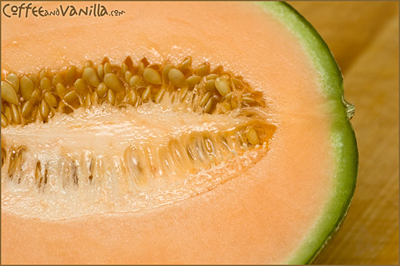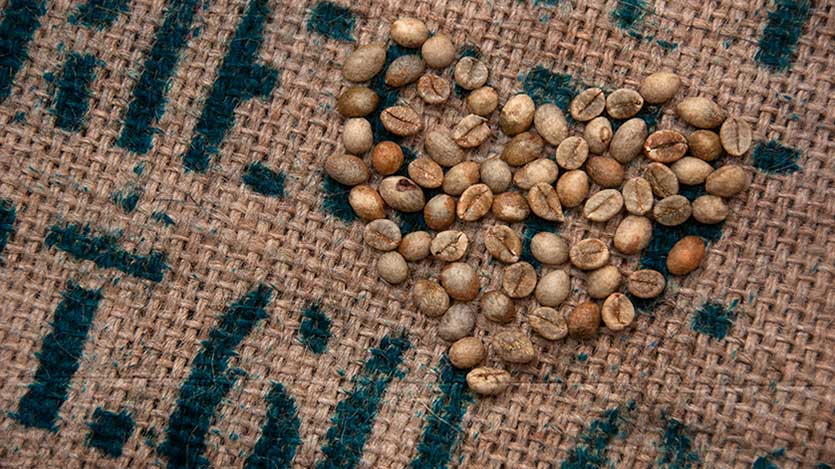
Cantaloupe refers to two varieties of muskmelon. Cantaloupes are typically 15–25 cm in length and are somewhat oblong, though not as oblong as watermelons.
The European cantaloupe is lightly-ribbed, pale green skin looks quite different from the North American cantaloupe.
The North American cantaloupe, common in the United States and in some parts of Canada, is a different member of the same muskmelon species. It has net-like (or reticulated) skin covering. In Australia and New Zealand, it is called rock melon due to the rock-like appearance of the skin of the fruit.
Cantaloupe is a round melon with firm, orange, moderately-sweet flesh and a thin reticulated light-brown rind. Varieties with redder and more yellow flesh exist but are not common, and they are not considered as flavourful as the more common variety.

Cantaloupe are a source of polyphenol antioxidants, chemicals which are known to provide certain health benefits to the cardiovascular and immune systems. These chemicals are known to up regulate the formation of nitric oxide, a key chemical in promoting health of the endothelium and prevention of heart attacks. Cantaloupes also are a good source of vitamin C and beta carotene.
Cantaloupes come from either male or female plants. The female cantaloupe is said to be sweeter than the male. ;)
- Information source: Wikipedia.

i am so glad to have come across your blog. an entire source of goodieness and information here :)
Cantaloupe melons are so sweet and juicy and so much info here a really great source of reading Margot – thanks for sharing :D
Rosie x